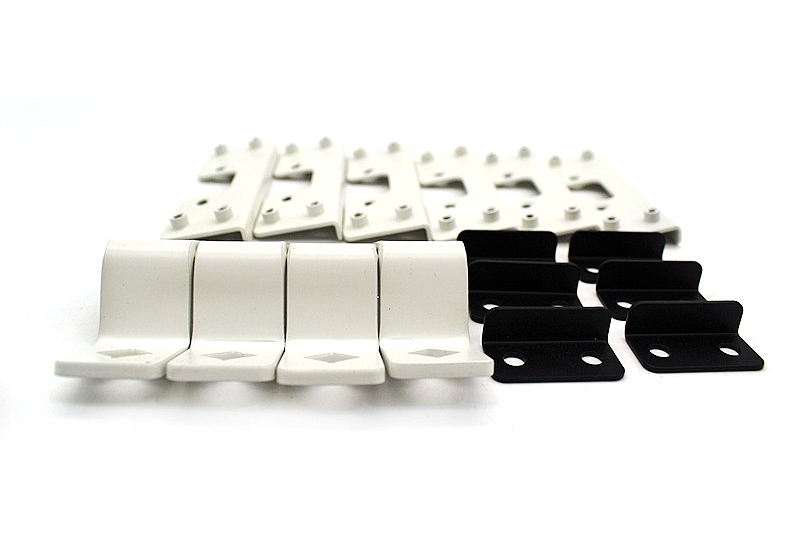How does proper operator training impact the accuracy of metal bending operations?
Introduction
In precision fabrication, metal bending accuracy depends not only on the machine and material, but also heavily on the operator's skill level. Even with advanced CNC bending equipment, an untrained operator may misjudge springback, select incorrect tooling, or misinterpret bend orientation—leading to costly rework and material waste. Proper operator training ensures that bending operations consistently meet engineering specifications and industry requirements.
Understanding Material Behavior
A trained operator understands how different materials respond under bending forces. For example, alloys such as cast stainless steel and magnesium alloy require unique bend radii and tool selection due to their varying ductility and yield strength. Operators who understand material profiles can accurately predict springback and select the appropriate die openings for each job. This knowledge reduces angle variation and prevents cracking, especially when working with more rigid alloys such as A380 aluminum or high-temperature-resistant metals like Inconel 625.
Tooling Selection and Setup Precision
Training directly affects tool setup accuracy. Bending operations, such as those using metal bending systems, rely on accurate V-die size, punch radius, and material alignment. Well-trained operators know how to: • Align material grain direction to minimize distortion • Adjust pressure settings to match sheet thickness • Validate bend allowance calculations • Position components accurately during multi-stage bending
An experienced operator also understands upstream processes such as laser cutting or sheet metal fabrication, which influence bend precision through edge quality and dimensional consistency.
Reducing Surface and Forming Defects
Proper training helps operators avoid common bending defects such as wrinkling, marring, or tool marks. They learn when to apply protective films, how to control clamping pressure, and when to incorporate finishing processes like polishing or sandblasting to restore surfaces after forming. Understanding the interaction between bending and surface finishing ensures a high-quality appearance for applications in industries such as consumer electronics.
Impact on Process Stability and Accuracy
Training enhances consistency by enabling operators to: • Correctly compensate for springback • Use measuring tools to verify angles • Perform real-time adjustments during production • Interpret machine data and feedback systems
These capabilities significantly improve accuracy when bending long or complex components such as brackets used in aerospace or enclosure frames used in telecommunication.
Integration with Prototyping and Quality Control
Operators trained in digital workflows can collaborate more effectively with upstream operations like prototyping and downstream processes like sheet metal stamping. They also understand QC methods, enabling more reliable inspection and minimizing dimensional deviation. This end-to-end knowledge flow ensures optimal accuracy and fewer production interruptions.
Conclusion
Proper operator training is one of the strongest contributors to bending accuracy. Knowledgeable operators can anticipate material behavior, execute precise tooling setups, minimize defects, and maintain stable production. When combined with high-quality materials, advanced bending processes, and professional finishing, training becomes a crucial factor in achieving consistently high-precision formed components.



